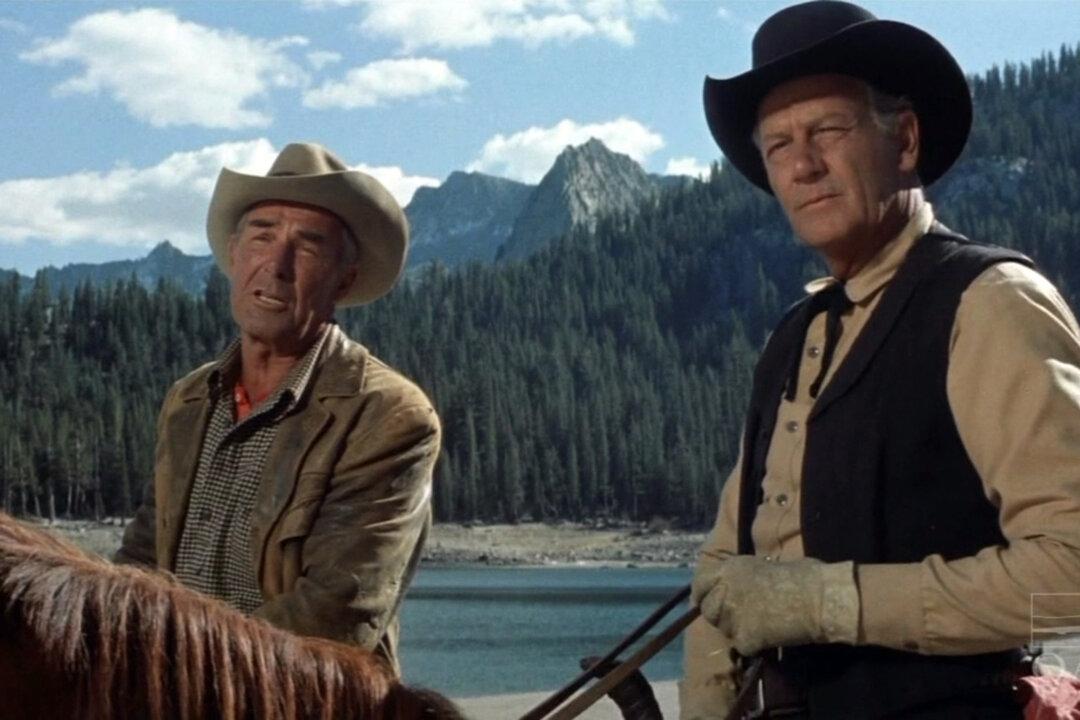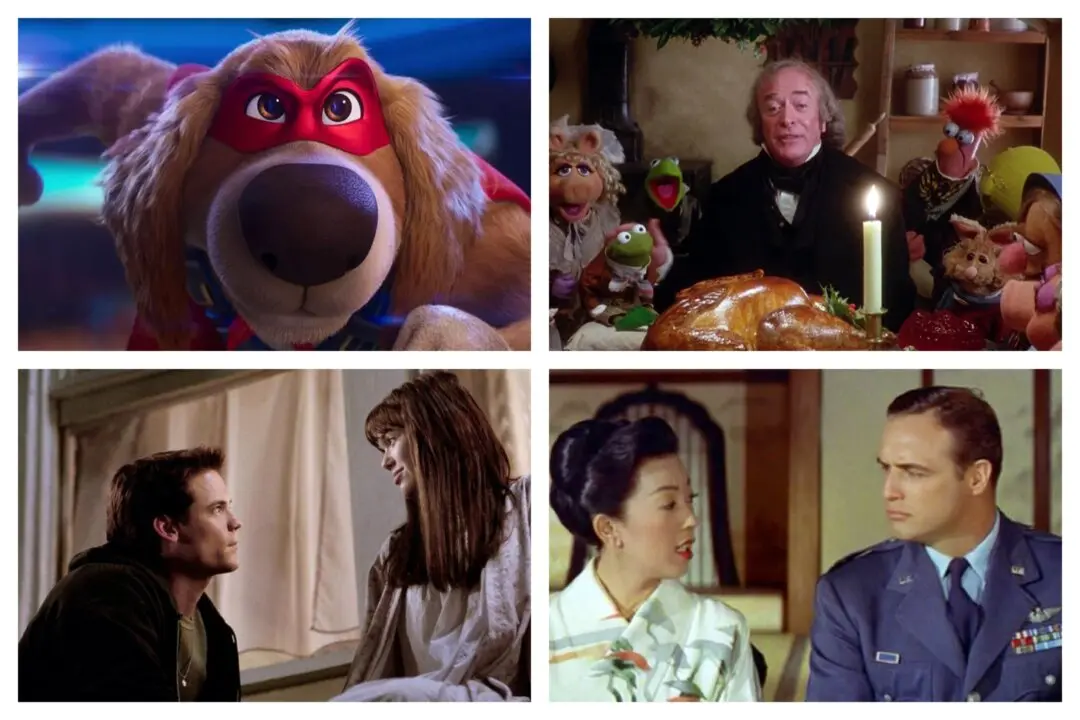NR | 1h 34m | Drama, Western | 1962
The myth of Americana owes much to the iconic Westerns of the 1930s, 1940s, and 1950s. Stars like Gary Cooper left an indelible mark in classics such as “High Noon” (1952), while Henry Fonda smoldered in “My Darling Clementine” (1946). These celebrated films thrived in the genre’s golden age, immersing audiences in the rugged spirit of the frontier.






